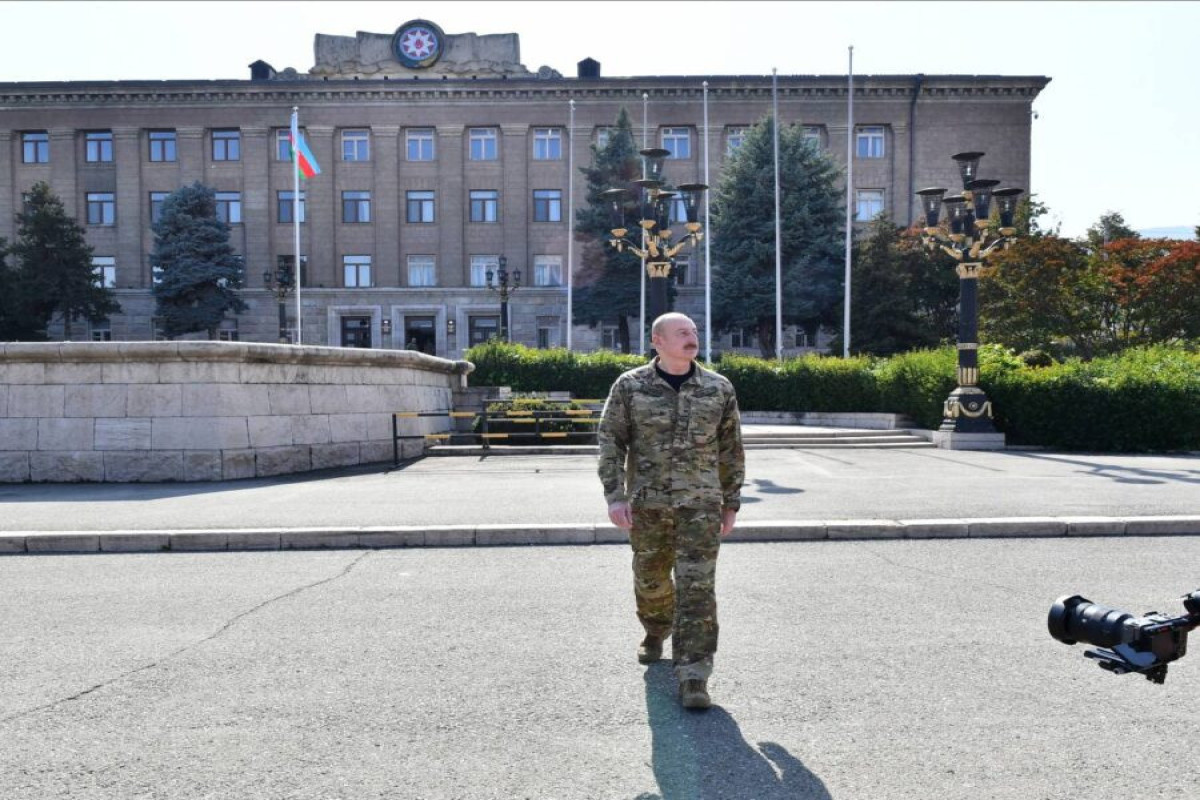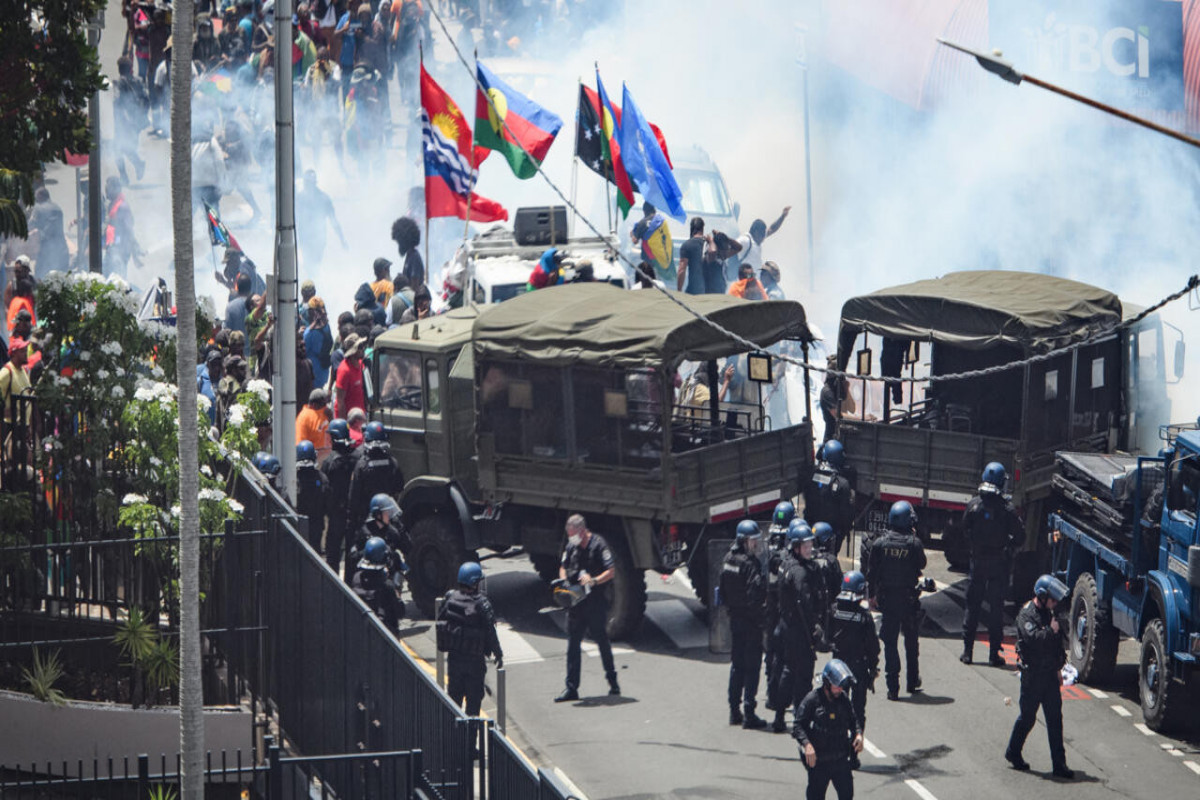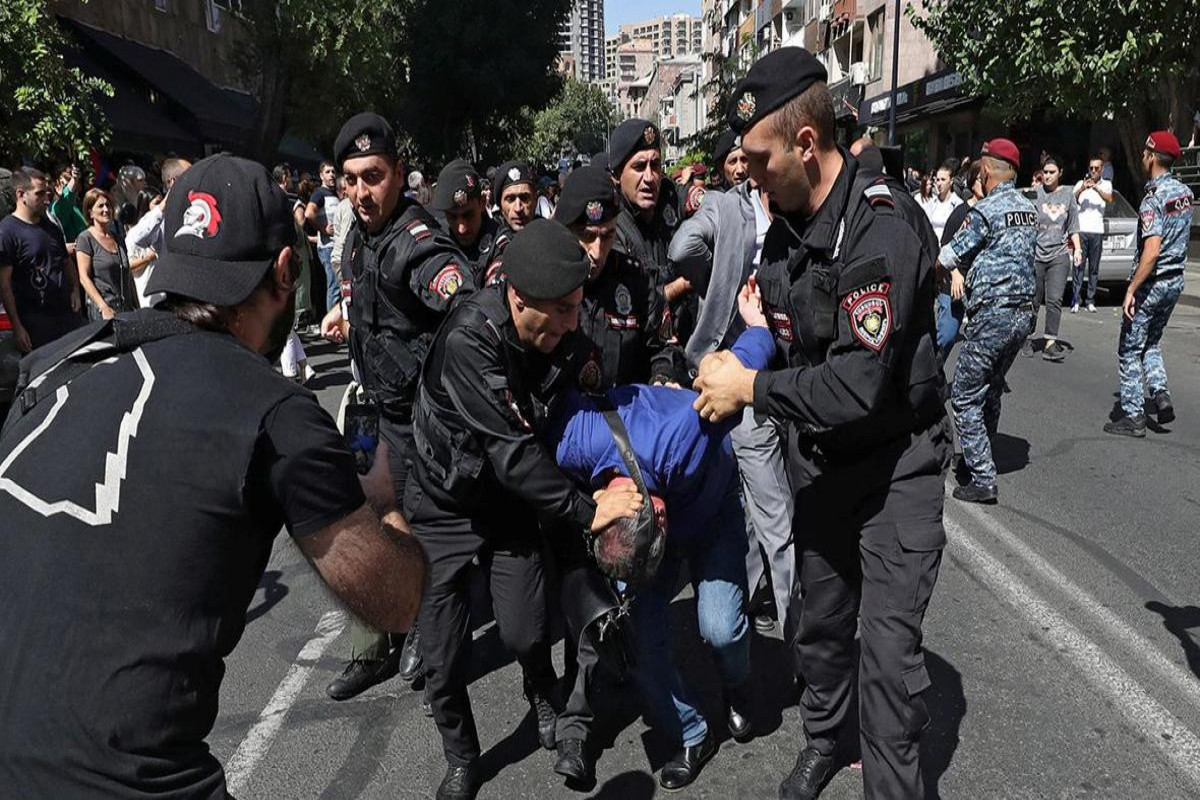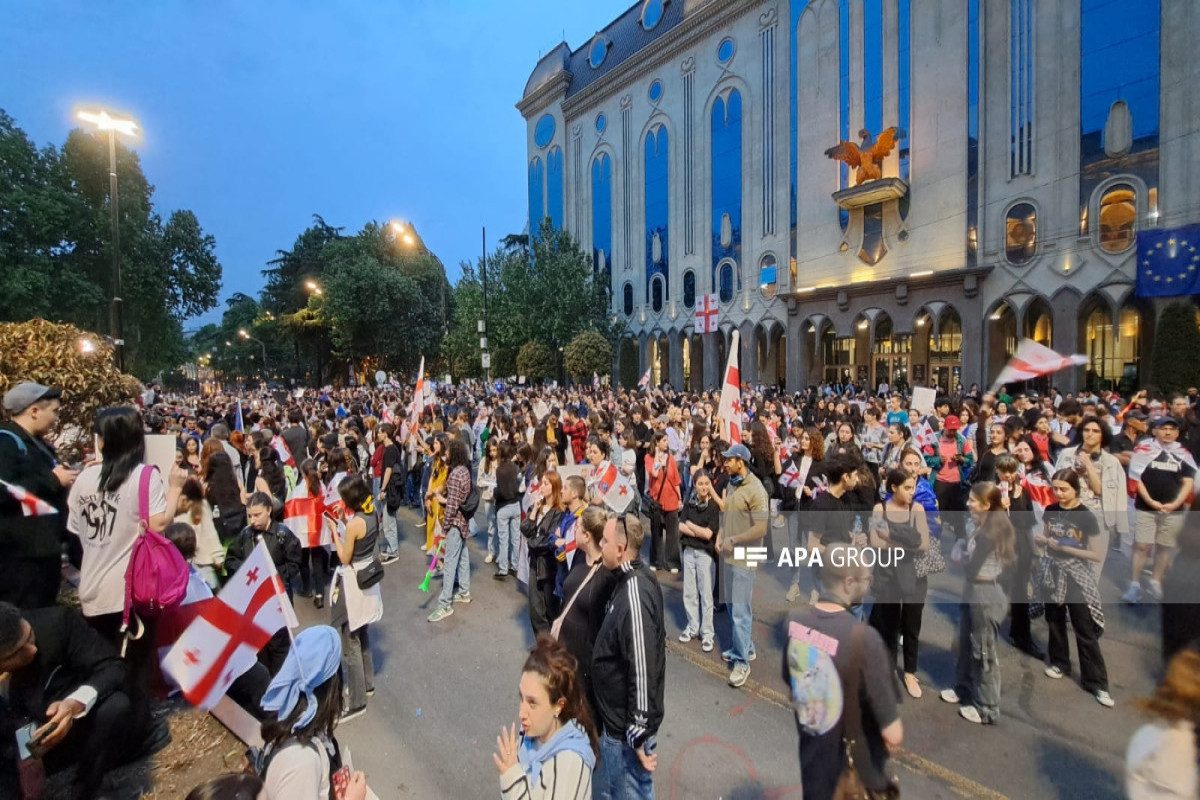There are days of great turning points in the history of nations that sometimes take time to understand their significance.
It is because of those days that the fate of nations and states is formed, and the foundation of their future political, economic, and military evolution is laid. Sometimes, armistice agreements that end decisive battles can be seen as stealing the victory of the superior side in battle, but over time it is understood that it is part of a larger plan.
For example, although the Mudanya Armistice Agreement ended the War of Independence led by Mustafa Kemal Pasha and returned part of the territories from the invading Greek army, the agreement did not mean that Türkiye, the victorious party, fully achieved its goal. With this agreement, which had many shortcomings, for example, Türkiye's sovereignty over the Straits was not guaranteed. However, this agreement laid the groundwork for the Lausanne Agreement, which will determine the map of the new Türkiye in the coming years, and the Montreux Agreement, which will recognize Ankara's sovereignty over the Straits. In this regard, the Mudanya agreement, which ended the destructive war waged in its territory and was considered unfavorable at one time, played a starting role in the transformation of modern Türkiye into a voice in the global arena, a powerful army, an advanced military industry, and a country with sophisticated technologies. Of course, the state and people of Türkiye, which have state traditions and strong political will, were able to secure their interests with other tools in the coming years.
The tripartite statement of November 10, which ended the 44-day war and paved the way for the unification of the territories of Azerbaijan under one flag and one will, can be evaluated from this perspective.
At a time when the war was going on and the Azerbaijani Army was winning successive victories, the official Baku was facing strong external pressure, everyone who followed the events well remembers that in order to achieve a ceasefire and thus maintain the existence of the separatist regime in Khankandi, the pressure was put on Azerbaijan from various capitals and statements were made. In such conditions, tripartite meetings of the foreign ministers of Azerbaijan, Russia, and Armenia were held in Moscow. One of the biggest concerns of the people of Azerbaijan, who were focused on a complete victory, regarding the outcome of these meetings was the adoption of a "ceasefire" decision when they were one step away from ending the 30-year humiliating occupation.
However, from the beginning of the "Iron Fist" counteroffensive operation, specific tasks were set before the Azerbaijani Army: to liberate the territories of Azerbaijan from occupation, and to eliminate security threats against the people of Azerbaijan... In this regard, the diplomatic negotiations conducted by Azerbaijan were also conducted on the basis of military operations - in all contacts, the enemy and Azerbaijan he was required to leave his territory and withdraw from the occupied territories. However, in these meetings, the enemy, who still believed in his "military strength" and relied on the support of all, agreed to the partial return of his territories to Azerbaijan, and as a result, the bloody battles continued for some time. Finally, after the Azerbaijani soldiers returned to Shusha, the impregnable fortress of Garabagh, Armenia admitted its defeat and signed the act of capitulation.
On November 10, 2020 (November 9), Armenian Prime Minister Nikol Pashinyan signed a tripartite statement, and Armenia accepted its humiliating defeat after 30 years of occupation.
This statement actually meant an act of capitulation, because Armenia undertook to withdraw without a fight from the regions of Azerbaijan, which it had strengthened for 30 years, and also to take a number of steps that were against its interests.
However, some aspects of the agreement were not yet clear to the people of Azerbaijan, who were focused on a complete victory in the Patriotic War, for example, the separatists' stay in Khankandi and its surroundings, the "Lachin Corridor" issue, the deployment of peacekeepers, etc. such issues caused concern. In this regard, after the ceasefire agreement, there was a perception that Azerbaijan's victory in the Patriotic War was not complete and may have been stolen. In addition to all this, countries such as the USA, the European Union, and France were interested in keeping the situation uncertain at this stage as they were during the 30-year occupation period. Even for this purpose, attempts were made to resuscitate the OSCE Minsk Group, and attempts were made to start the lengthy negotiation process again.
However, official Baku managed to withstand all these pressures in the last three years and showed its persistence in achieving its goal.
In the period after the 44-day war, the leadership of the separatist regime continued provocative activities, visited various capitals, and tried to overshadow the victory and sovereignty of Azerbaijan. During this period, environmental terrorist activities were continued in the territories of Azerbaijan, and natural resources belonging to the people of Azerbaijan were illegally transported to Armenia by companies of other countries. In the past period, the military provocations of Armenia and the separatist regime did not subside - attempts were made to create new fortifications contrary to the ceasefire agreement, thousands of landmines were brought from Armenia through the "Lachin Corridor" intended for humanitarian purposes, and buried in the civilian residences and farms where Azerbaijanis will return, and the arming of bandit gangs continued. Of course, all this was predictable, because despite such a great victory, the image of the presence of the separatist regime in Garabagh was "allowed to continue", as well as the myths about the Armenian army created conditions for revanchism, and in this regard, certain groups were preparing for possible future military clashes. Both Yerevan and the illegal gang in Khankandi considered the fact that a large part of the administrative borders of the former "Nagorno-Karabakh Autonomous Province" was still under the control of Khankandi as "Artsakh maintaining its independence despite the defeat in the war." They thought that the state and people of Azerbaijan were satisfied with the terms of the November 10 declaration and the return of the surrounding regions, and were ready to let Khankandi
, Khojaly, Khojavand, Agdara regions remain under the control of separatists, and continue separatism in their territory.
This was also due to the fact that certain countries were trying to force Azerbaijan to be satisfied with the results of 2020, and not to allow Azerbaijan to restore its full sovereignty over its territory in order to keep the levers of influence in the region.
In parallel, separatist activities continued to pose serious security threats to Azerbaijan. Armenian Security Council Secretary Armen Grigoryan's admission that the units of the Armenian army are still in Karabakh despite the November 10 agreement, and the continuation of the arming of the Armenian armed formations remaining in Karabakh via the Lachin road showed the extent of these threats.
All this made it necessary for the Azerbaijani leadership to initiate anti-terrorist measures. Finally, separatism in the territories of Azerbaijan put an end to the anti-terrorist measures that started on September 19 this year and lasted only 1 day. With the hoisting of the tricolor flag by President, Commander-in-Chief Ilham Aliyev in Khankandi, all the questions raised both inside and outside the country, sometimes with legitimate concerns, and sometimes with malicious intent, were answered. Immediately after the operation, the number of weapons and ammunition found in different parts of Garabagh confirmed how right Azerbaijan was in starting this operation, that the people of Azerbaijan were not fighting with "armed civilian Armenians" and "local Armenian militias", but with the army.
Most importantly, as a result of the operation, the separatist leaders who made provocative statements against Azerbaijan tried to question its territorial integrity, ordered to attack Barda, Ganja, and other regions with rockets and artillery fire and were liable to the death of hundreds of civilians and thousands of military personnel, today They are judged by the laws of Azerbaijan.
The picture of the last three years was made possible thanks to the skillful moves of official Baku on the "big chessboard", good knowledge of the global and regional military-political situation, long-term planning skills and, of course, the efforts and sacrifices of every heroic fighter and martyr of the Azerbaijan Army.
The President of Azerbaijan, Ilham Aliyev, who showed the best examples of doing "What, how, when" throughout his career, took this historic mission to its logical conclusion. It is the first time since we regained our independence that we live in a whole, unified Azerbaijan.
These events are one of the most glorious pages in the history of Azerbaijan's centuries-old statehood, and witnessing these events in the last 3 years is a great source of pride for every Azerbaijani.
In this regard, just as the world accepted Ankara's will in Mudanya, which enabled Türkiye to achieve its territorial integrity, the November 10 statement confirmed Baku's will to restore its territorial integrity and created conditions for the emergence of today's unified Azerbaijan.



 ANALYSIS'>
ANALYSIS'>

 ANALYTICS'>
ANALYTICS'>
